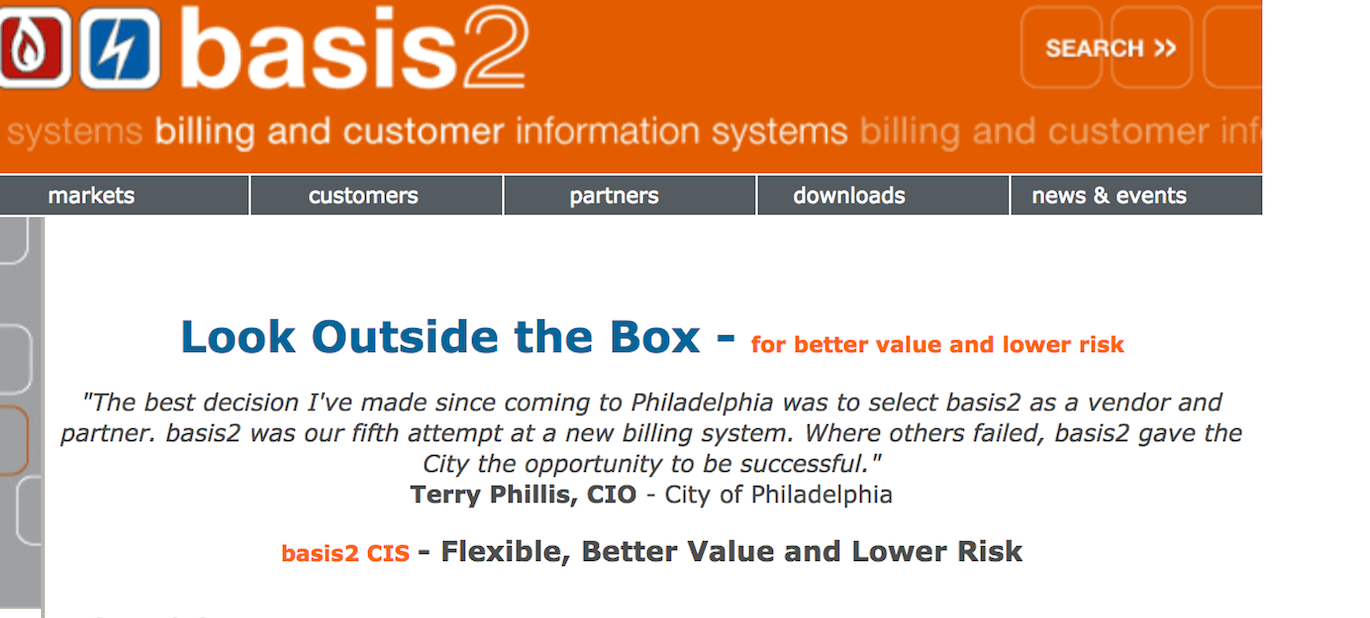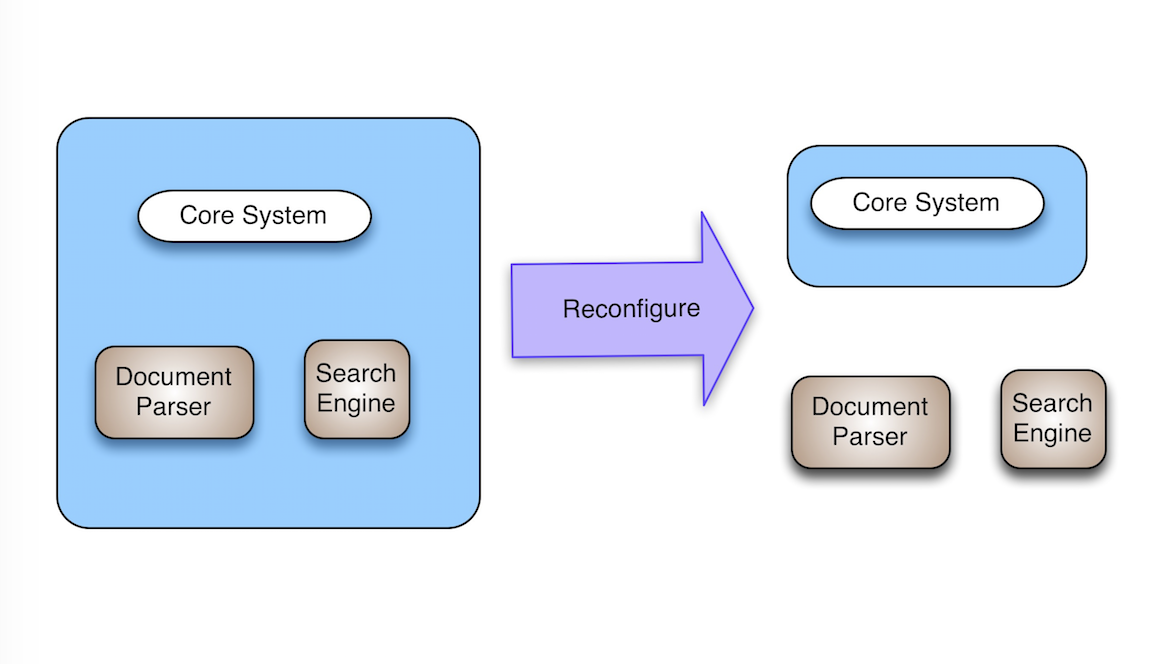Marketing, Did You Get Sold?
Category : Marketing and Sales
I have been trying to understand the difference between marketing and selling. I am especially interested in how this works in the IT industry. Surely, we all can relate to various things that we don’t need or want but end up buying throughout our life.
American Marketing Association (AMA) defines marketing as:
“Marketing is the activity, set of institutions, and processes for creating, communicating, delivering, and exchanging offerings that have value for customers, clients, partners, and society at large.” – American Marketing Association
This is how one of the former professor at Harvard defined selling:
“Selling concerns itself with the tricks and techniques of getting people to exchange their cash for your product. It is not concerned with the values that the exchange is all about.” – Theodore Levitt, Former Professor at Harvard Business School
Quite often we can relate the success or failure of a project to the difference between marketing and selling. We will review some of the pitfalls so that you can spot issues early on. At the end of the day, the buyer needs to make sure that they are getting value and satisfaction for their money.
Pitfalls
1. Just Launched a Site With Millions Of Users
If you hear someone saying that they just launched a site that will serve millions of users, you would imagine that it is the next Facebook. It may very well be. If it is and you are looking to build a similar system, you are in the right hands. In certain cases it may not be. What your million user need may be very different than what the system that was built delivers.Say you have a need to build a site where millions of users may log in, search, and buy products. The need for this site is very different than the need for a site like health insurance or auto insurance websites. Both the sites may very well have the same number of users but the activity level and need is very different. In the case of health insurance and auto insurance websites, once you set-up auto-pay for the next six months or a year, you may hardly login unless there is a claim or want to add another dependent. In case of the insurance industry, they may have the need to process and generate documents either on demand or offline which may be more taxing than generating an simple invoice.Most IT executives are experienced enough to ask the right questions about concurrent users, active users, daily logins, hourly logins, peak, number of transactions etc. But there may be some who may just go with their impulse and buy a solution only to later realize that this is not what they wanted. It would be a few million dollars too late.
2. Delivered Solutions To A Major Company
We lend our ears as soon as we hear some of the major companies names. If one of the Fortune 500 companies adopted this technology, solution, or chose a vendor then they are the right ones for me. It would be very simple if that were the case. A vendor may very well be the preferred services provider for a company and deliver all the IT needs. This is great news. In some instances this is not the case. A vendor might have delivered a very small piece of a solution to a major company and use their name to win something that they cannot deliver. Asking the right questions is the key. The questions that are relevant to your project may be different than the ones that are relevant to others. Instead of going behind the big names, look to see if the vendor has what it takes to deliver what you need.
3. Look At Our Awesome Testimonials
 This is an awesome testimonial and any city that needs a new billing system for their city could consider looking into basis2. The one thing that this does not tell is how even basis2, the fifth attempt, was eventually deemed as a failure after a year. After a total of $49 million dollars and five attempts, the basis2 system sent some residential customers $331K utility bill compared to $97 for the previous month.
This is an awesome testimonial and any city that needs a new billing system for their city could consider looking into basis2. The one thing that this does not tell is how even basis2, the fifth attempt, was eventually deemed as a failure after a year. After a total of $49 million dollars and five attempts, the basis2 system sent some residential customers $331K utility bill compared to $97 for the previous month. The company that sold the solution was able to capitalize on a failed project. For those who are interested, you can read the reports from the city at the below links.City of Philadelphia Chooses Basis2City of Philadelphia Audit Report A Year Later
The company that sold the solution was able to capitalize on a failed project. For those who are interested, you can read the reports from the city at the below links.City of Philadelphia Chooses Basis2City of Philadelphia Audit Report A Year Later
Things to Consider
1.If It Works, Keep It
How many times have you heard something like, “If it is working well for you, keep it?” Typically what you would hear from a salesman is you need everything that they sell. Quite often the commission is not delivered at the end of the delivery but much sooner. Many may know very well as to what happened with the Wells Fargo fallout recently and the pressure of sales target.
2. Never Shop Hungry
We all either know this or acknowledge the saying, “Never go shopping when you are hungry.” If you are in a desperate situation, it is likely that you will buy anything that you believe will satisfy the immediate need. A more proactive solution is to continuously assess what you have and plan for the future.
3. Don’t Feel Rushed
If you hear someone say that, “if you don’t decide now, it won’t be available later,” it means the seller is more in need than the buyer. If you like to be in control of what you are buying, never let external factors take that control away. The more I have taken the opportunity to think through what I am getting without rushing, the more satisfied I am. The key here is the satisfaction, even if you end up with something else later on. Let us not confuse due diligence with procrastination.
4. Trusted Partner
The difference between a trusted partner and a con man is as that of an anchor verses a fishing rod. One helps you from drifting away and the other one attracts you with a bait. If you find a trusted partner, continue to work with them.
Conclusion
There is a lot that can be written on this topic. Success or failure of a project starts with someone getting sold. If you don’t have a plan for your money, there are people who definitely have plans for them. We learn a lot through failed attempts. It is a much smarter thing to learn from others failed attempts than to insist on failing yourself.

